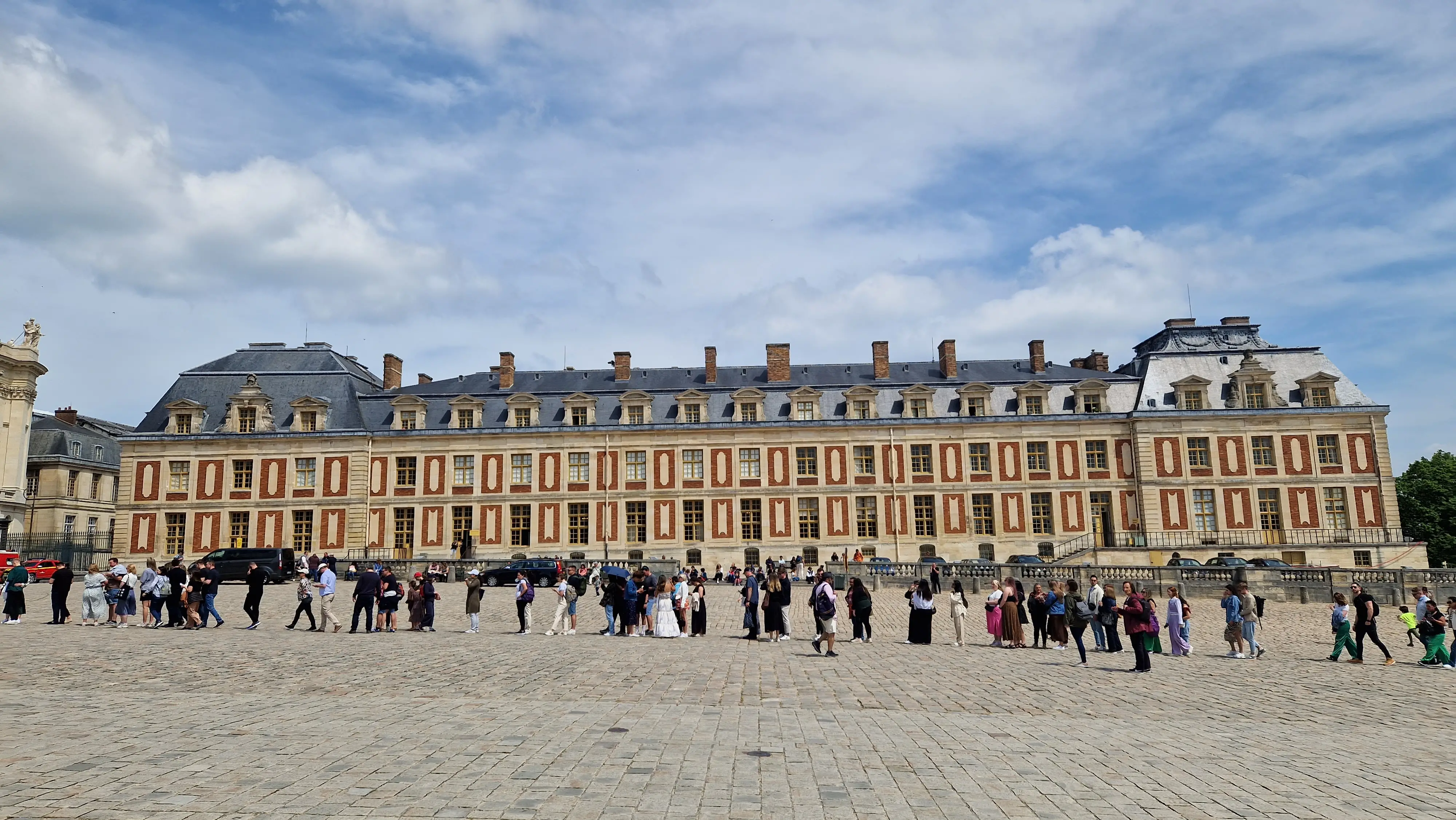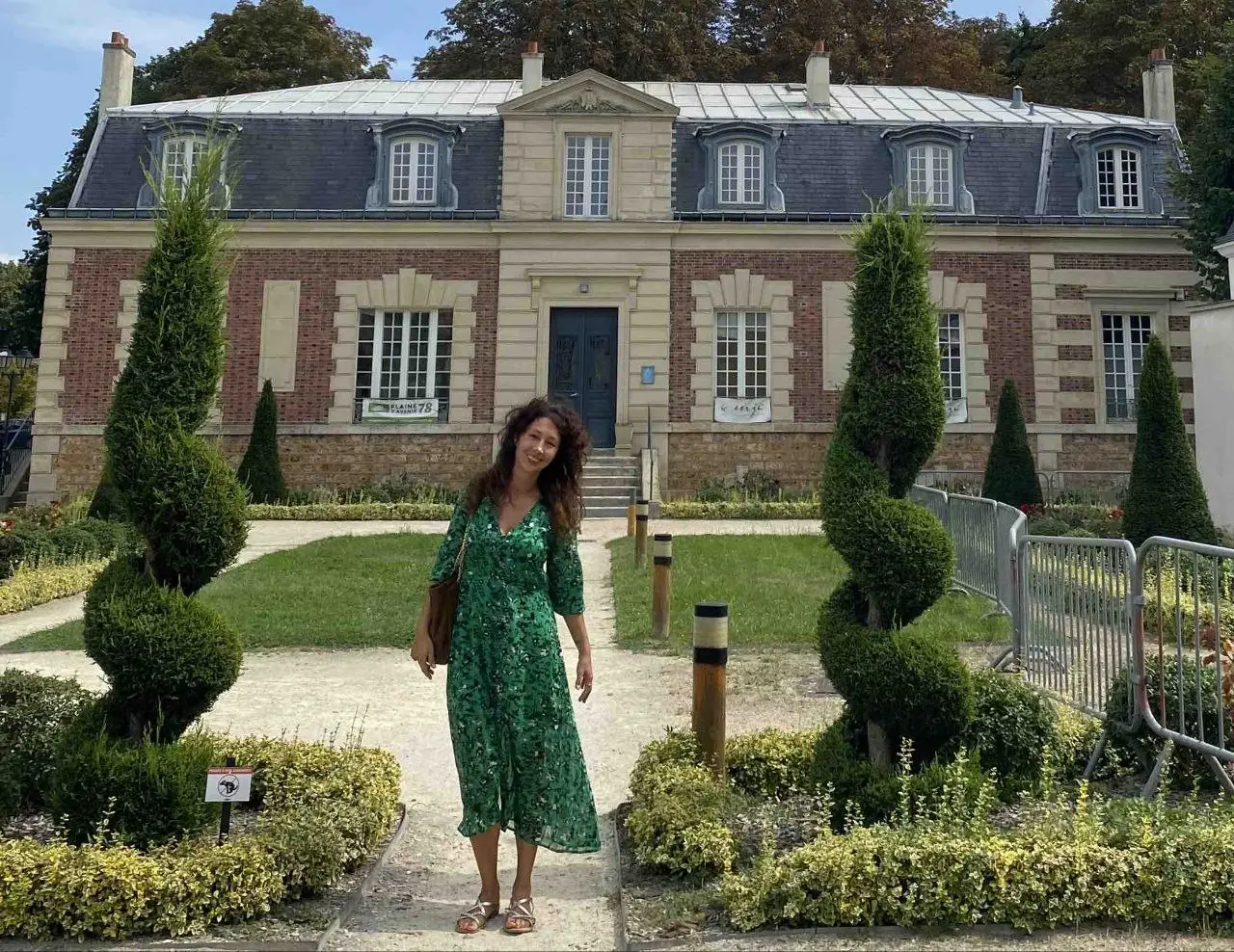Limoges porcelain: National Museum of Adrien-Dubouché
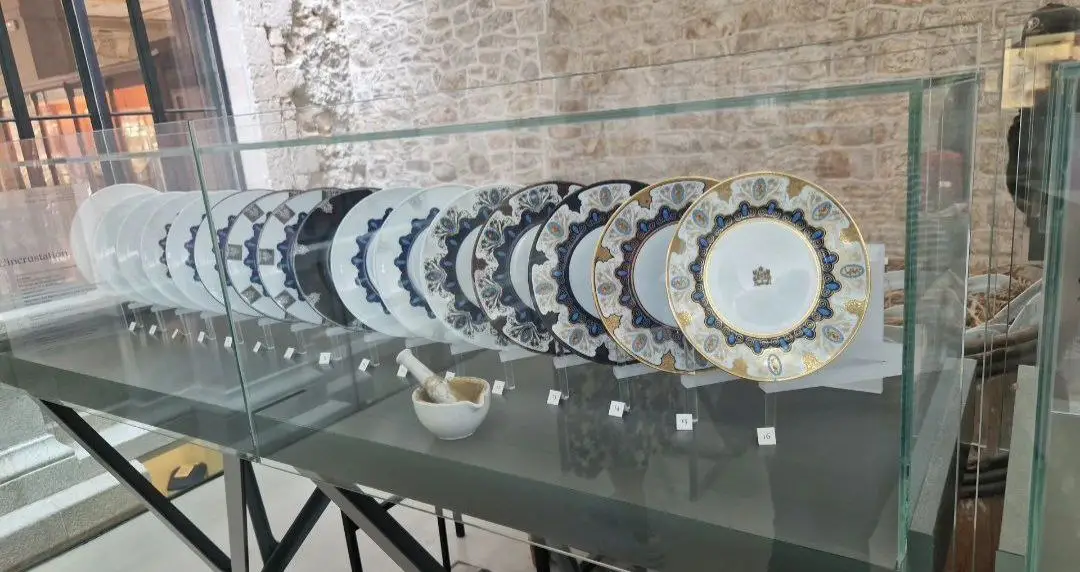
The National Museum Adrien-Dubouché is not just a museum, but a real treasure trove of cultural heritage that tells about the richness and diversity of this art form
Limoges, a picturesque city in the southwest of France, attracts tourists with its elegance and rich history. Among the many architectural and cultural monuments that adorn Limoges, a special place is occupied by the porcelain museum, or rather, the National Museum of Adrien-Dubouché.
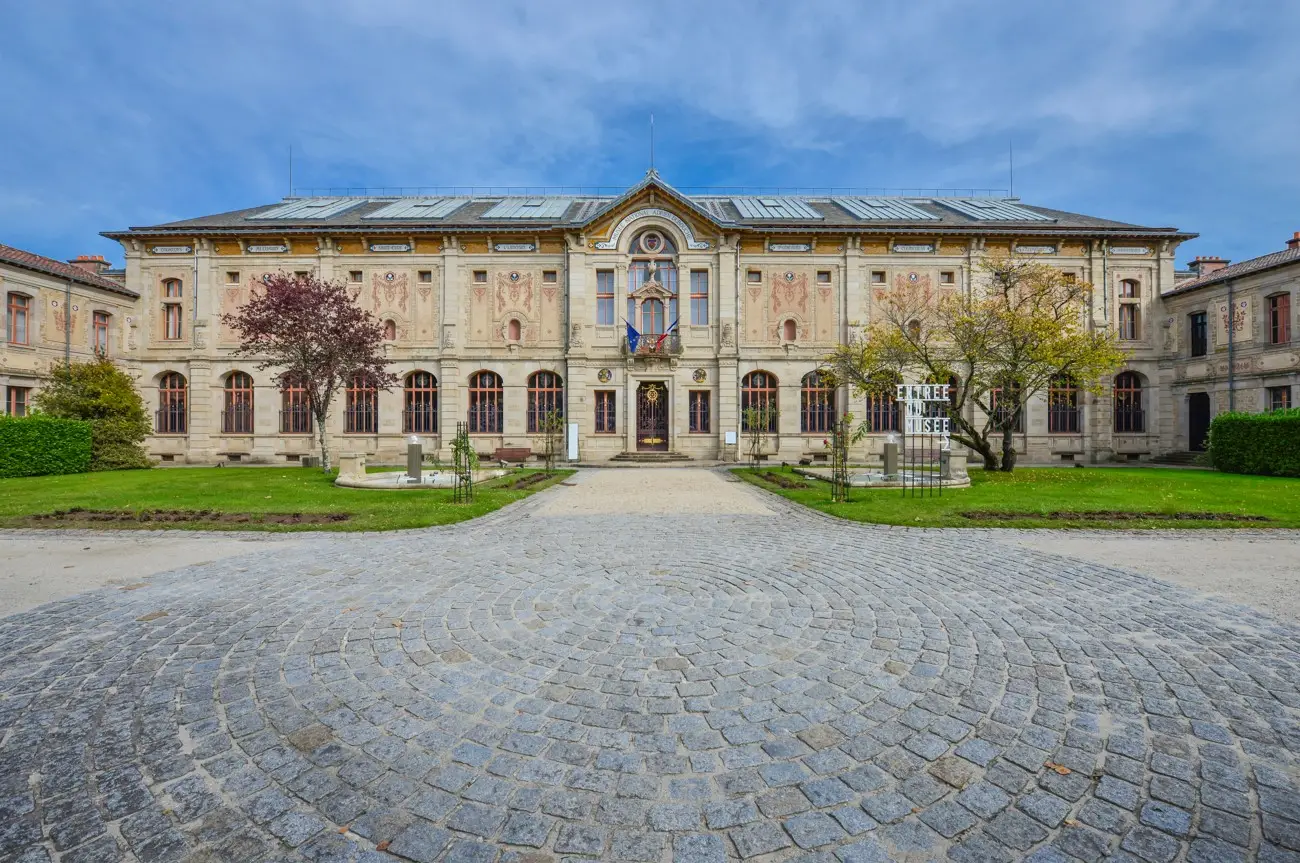
This museum has the richest public collection of Limoges porcelain in the world and also includes works representing the main stages in the history of ceramics, from antiquity to the present day, a set of 18,000 works and is a real treasure trove of cultural heritage and art that attracts tourists, collectors and art lovers from all over the world.
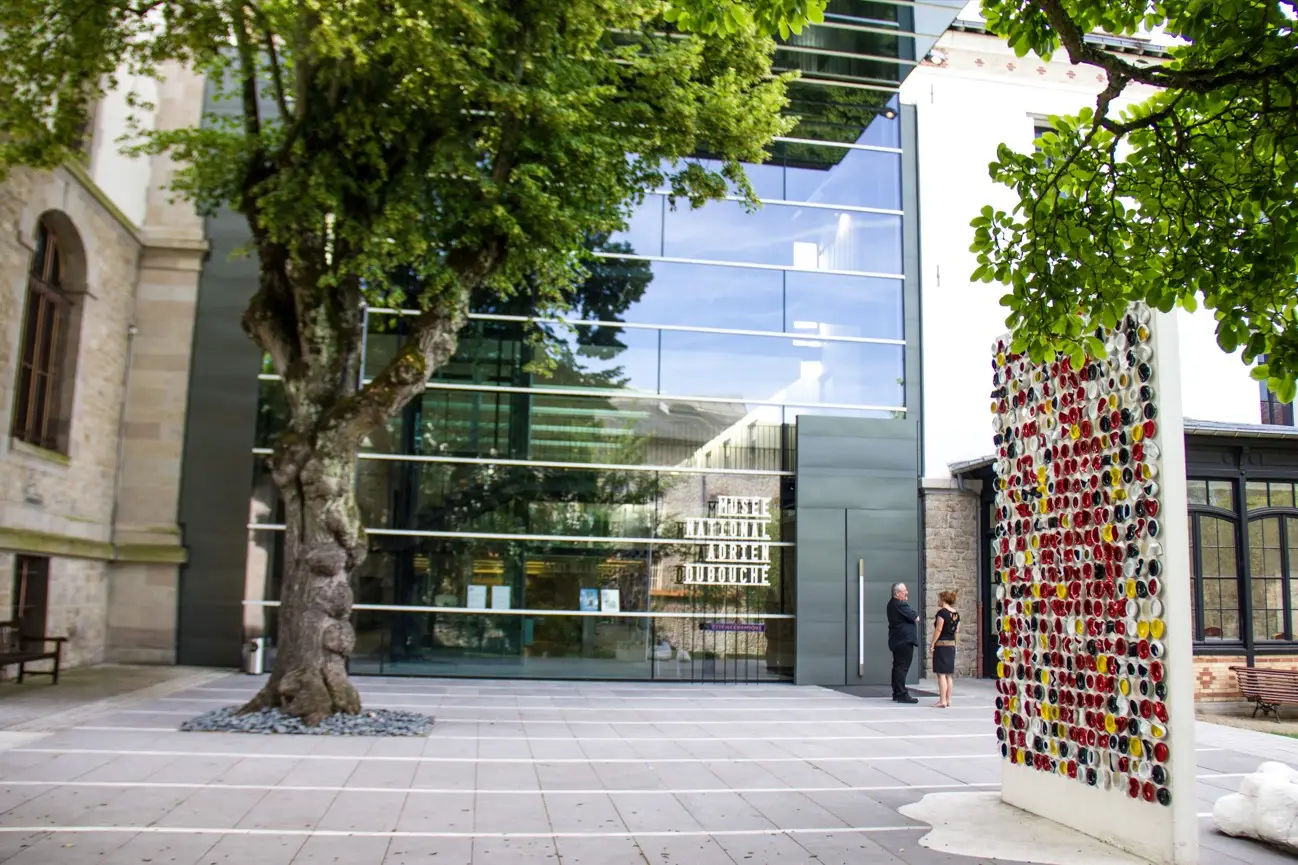
The history of Limoges porcelain and the history of the museum

The beginnings of Limoges porcelain production date back to the 18th century, when rich reserves of kaolinite, the main material for porcelain production, were discovered in Limoges, a city in western France. Over the years, Limoges porcelain became synonymous with luxury and sophistication, gaining recognition both in France and abroad. Its products were perfected, and the craftsmanship of the masters was admired all over the world.
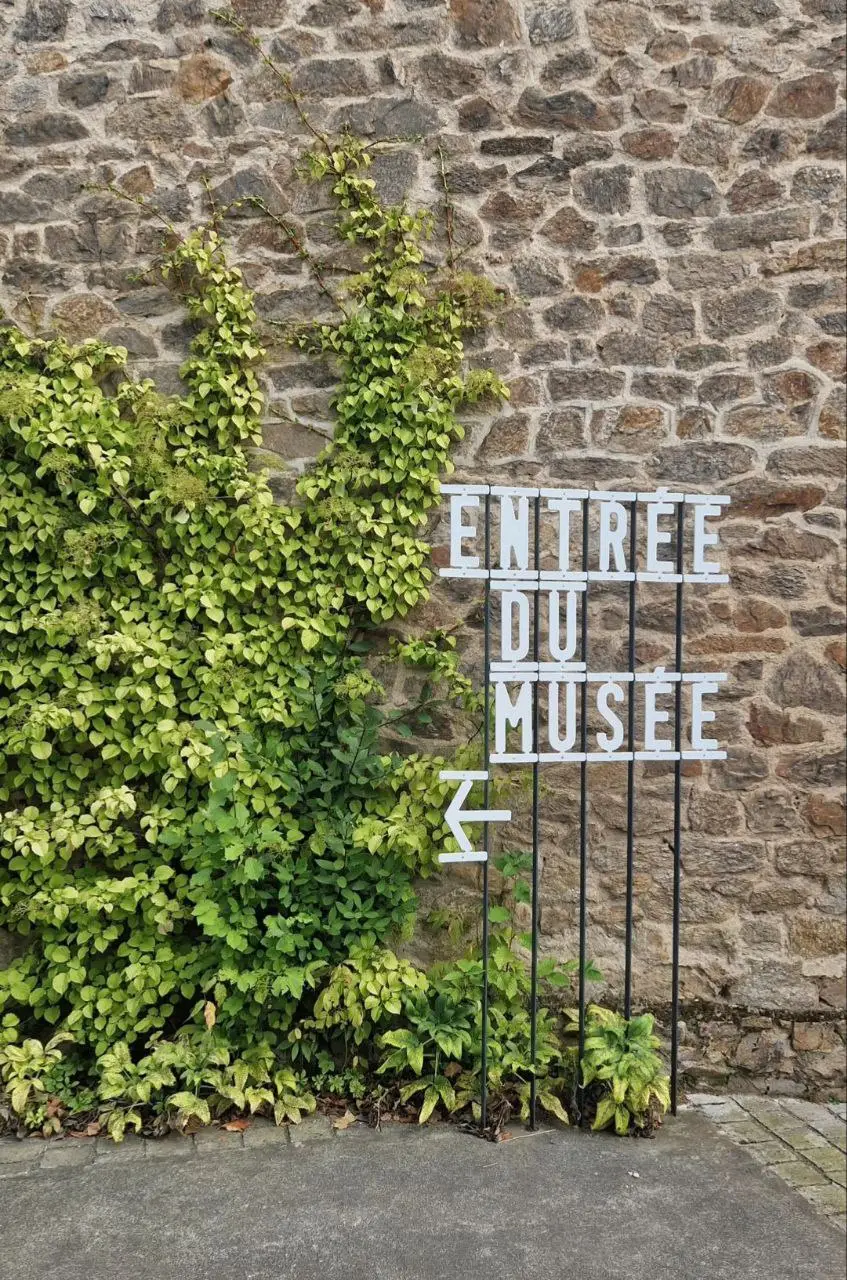
The museum was established in 1845 so that the Limoges Society for History and Archaeology, created on the initiative of prefect Morisot (father of the famous local artist Berthe Morisot), could exhibit finds and historical documents discovered in the Haute-Vienne department. Initially, the museum was housed in an old prefectural building. In 1865, the museum was headed by the entrepreneur Adrien-Dubouché, who donated his collection of more than 4,000 ceramics to the museum and established an art school.
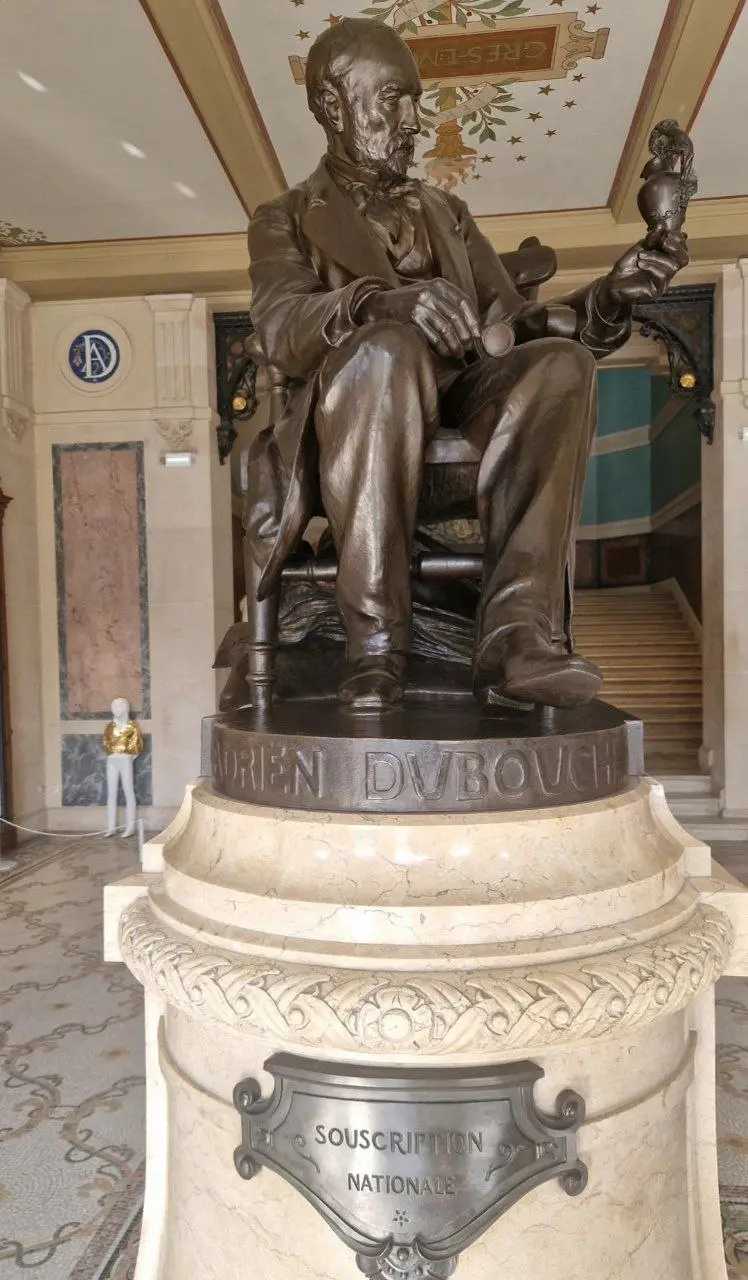
Dubouché asked the mayor of Limoges to provide the museum with a larger space. As a result, the museum exhibits were moved to the building of the former hospital for the mentally ill. After Dubouché's death in 1881, the museum became the property of the state, which named it after the philanthropist. In 1896-1900, the architect Henri Mayeux built a new museum building on the site of the hospital. The façade is decorated with large arched windows and paintings, and portraits of famous Limoges natives hang in niches above the windows. The interior of the building is made in the Art Nouveau style: stained-glass windows are on the walls, and the floor of the main lobby is lined with mosaics. The museum has a rich collection of ceramics, faience, and porcelain. The exposition tells about the production of Limoges porcelain, which dates back to 1771 when the first manufactory was founded.
The National Museum of Adrien-Dubouché in Limoges attracts both locals and tourists from all over the world to enjoy the greatness of French art and share their impressions. The creation of the museum was aimed at preserving and popularizing this unique art form, which has become a symbol of the region and its cultural heritage. The museum collects ceramic products from Europe, South America and North Africa, the oldest exhibit dates back to the VII century BC. The museum traces the development of the so-called "fire art".
Collection and exhibitions
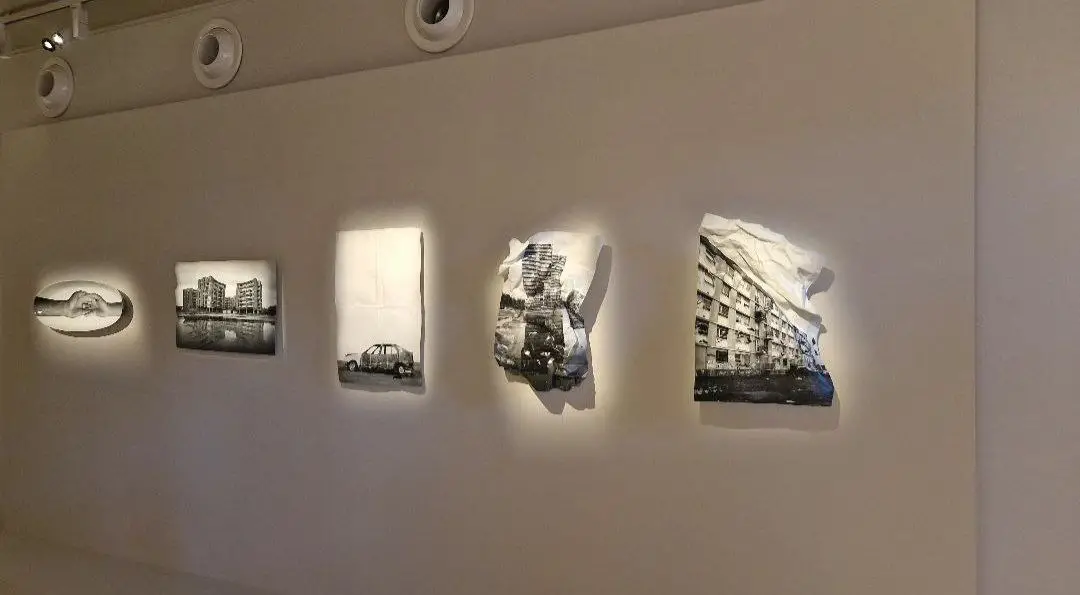
The visit begins with an overview of the various stages of porcelain production, then demonstrates the major stages of the history of ceramics from antiquity to modern times, ending with Limoges porcelain.
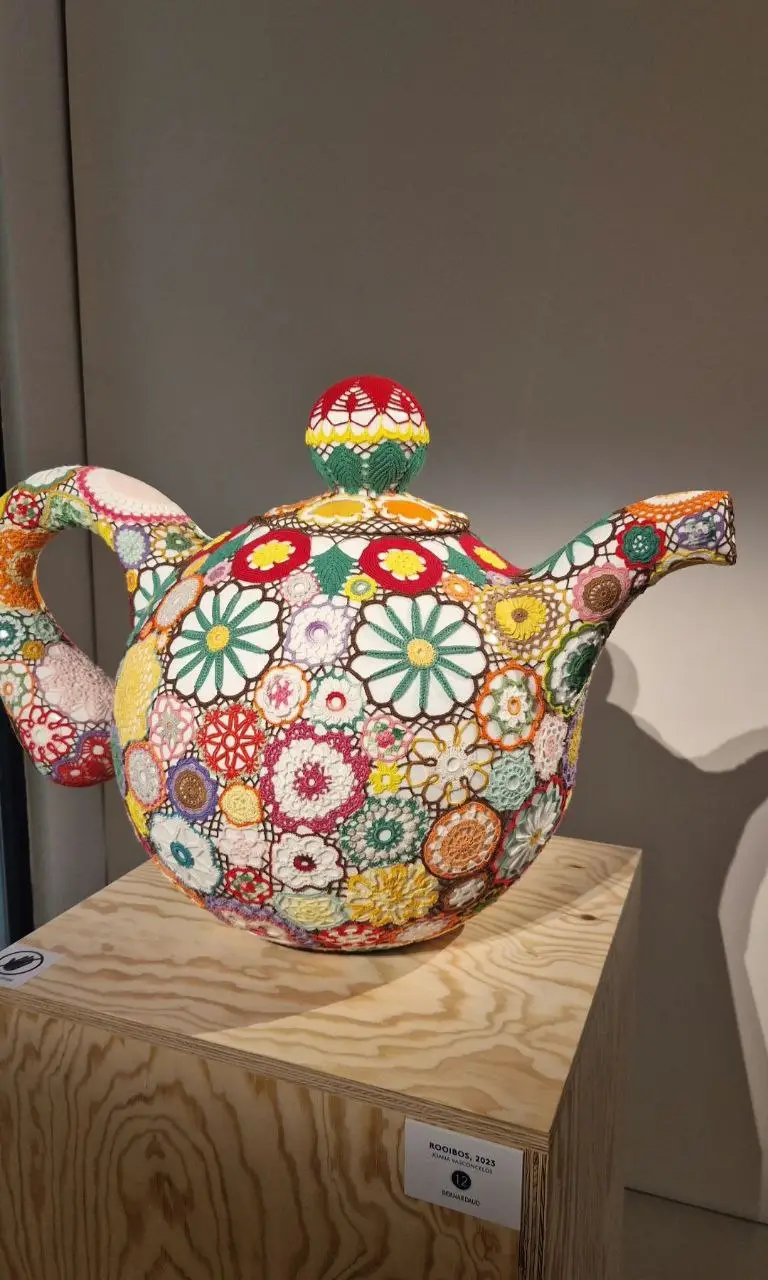
There are 3 floors and 6 main halls waiting for you. On the ground floor, on the right, there is a modern collection of various art objects, in the other wing of the building there is also an impressive collection of thousands of exhibits from different eras and styles. From ancient Chinese to contemporary pieces, each element reveals its own unique history and beauty to the visitor.
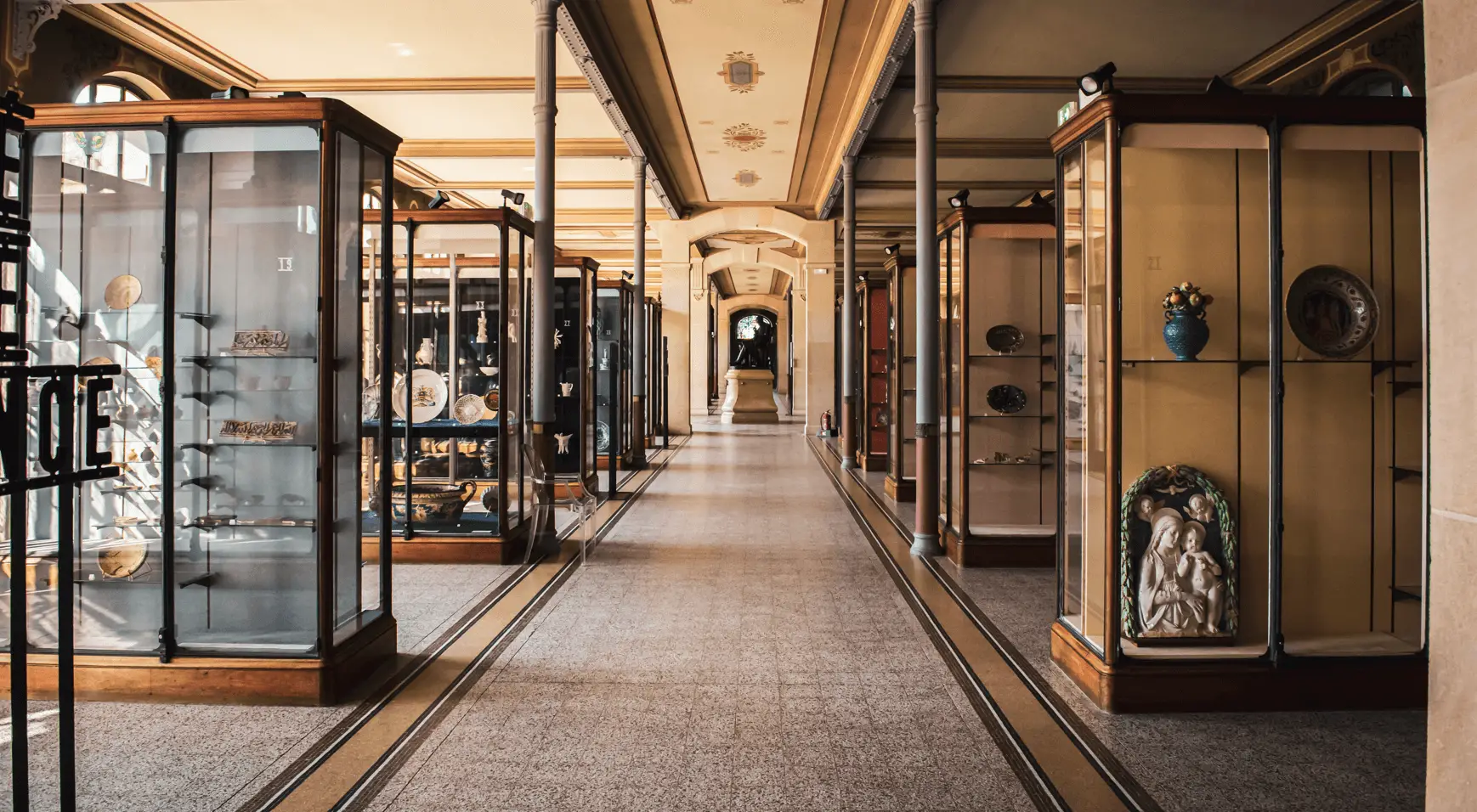
On the second floor, there are products made by prominent French artists and craftsmen, fantasy objects, strange shapes and colors, as well as a collection that belonged to the King of France and a demonstration of how tables were served at royal receptions.
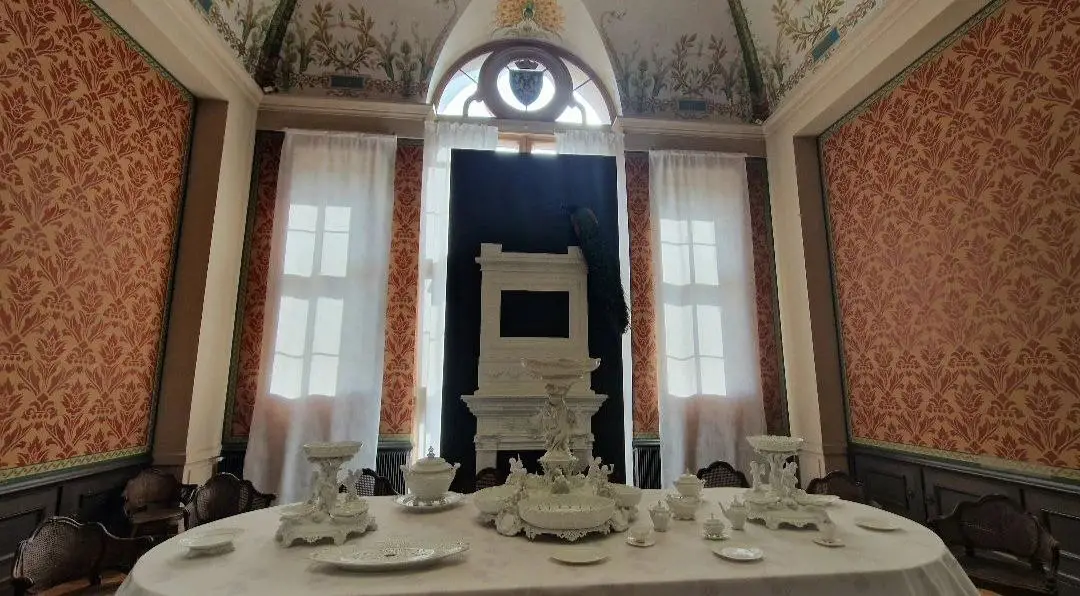
One of the most interesting sections of the museum is the exposition of Chinese porcelain. It offers an overview of the development of Chinese art from ancient times to the present day, showing the variety of styles, techniques and motifs used in production.
In the center is an eye-catching display that demonstrates in detail the process of making a porcelain set, with all the stages of drawing and painting.

The top floor is occupied by 2 halls: one of them contains a variety of glass products that captivate the complexity of the work of the masters of those times and the technologies they used. The second hall offers to consider all possible products from factories and manufactories of the Limoges region.
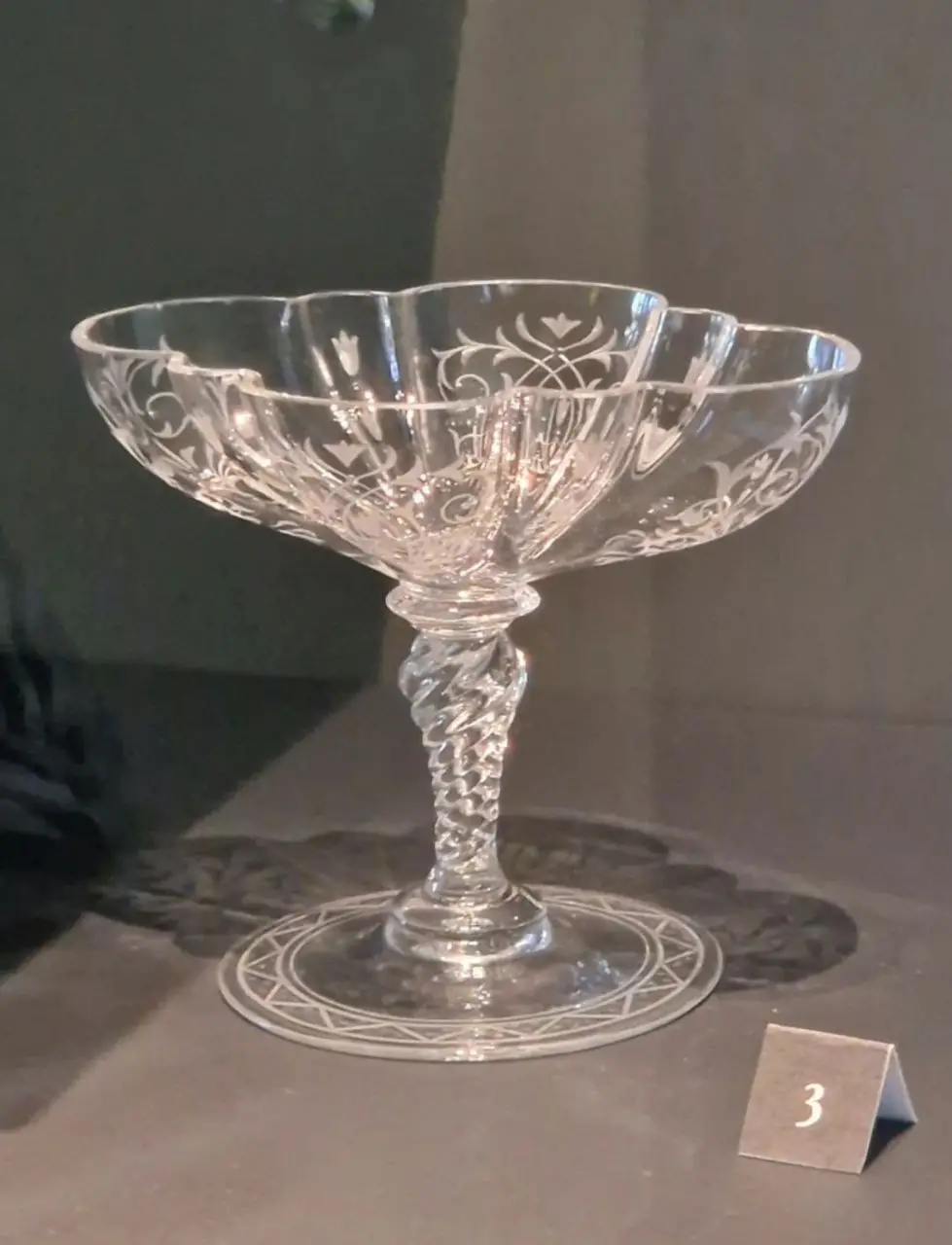
Limoges porcelain is famous for its diversity of design and style. From classical and elegant patterns to Baroque and Rococo motifs, each piece is made to the highest aesthetic standards. Many factories even offer customized orders, allowing customers to create their own unique masterpieces.
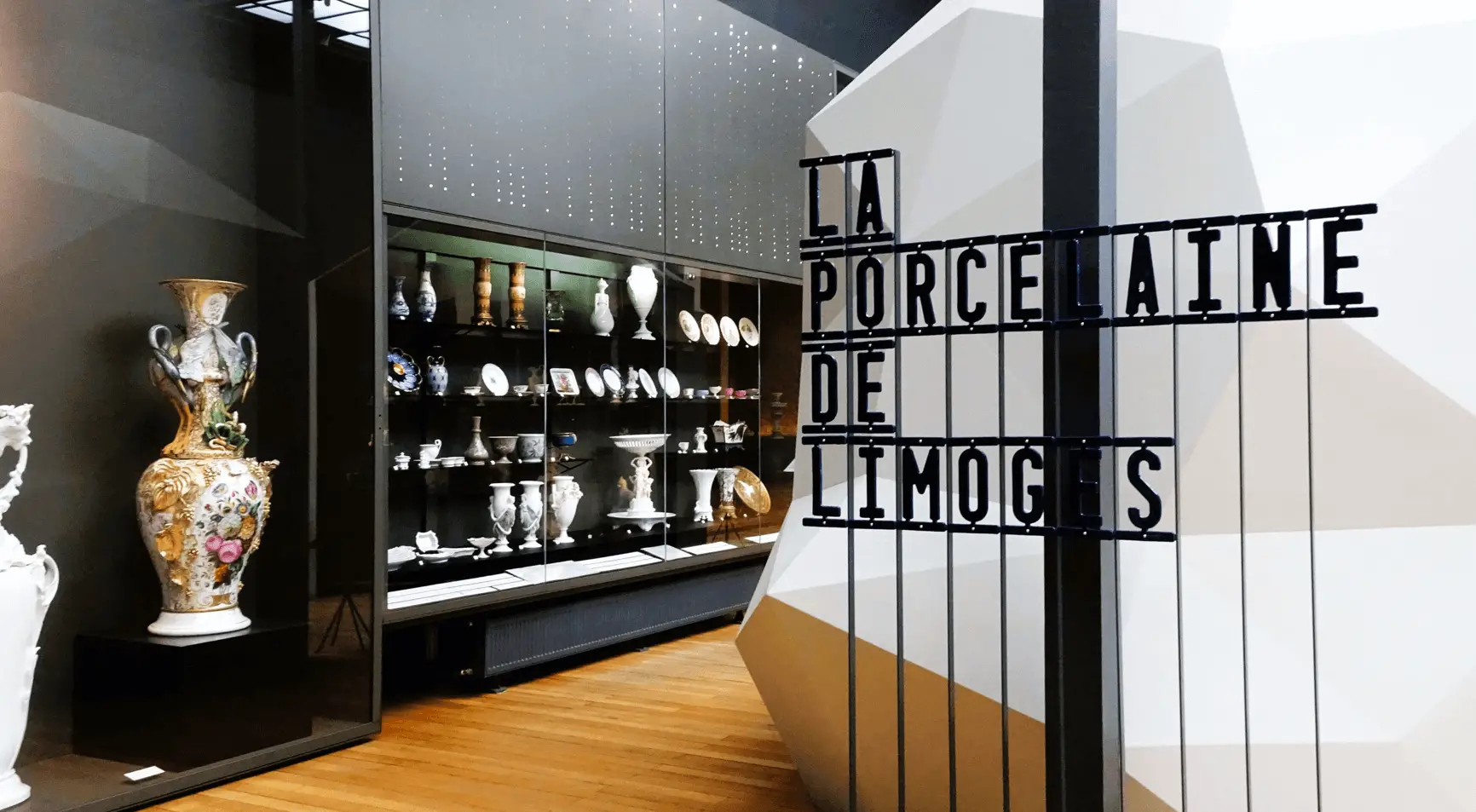
One of the main secrets of Limoges porcelain's success is the use of high-quality materials and high-tech production methods. Kaolinite, quartz and feldspar are just some of the components that make up the raw materials for this porcelain. Carefully selected recipes and traditional processing methods make Limoges porcelain extremely strong and durable.
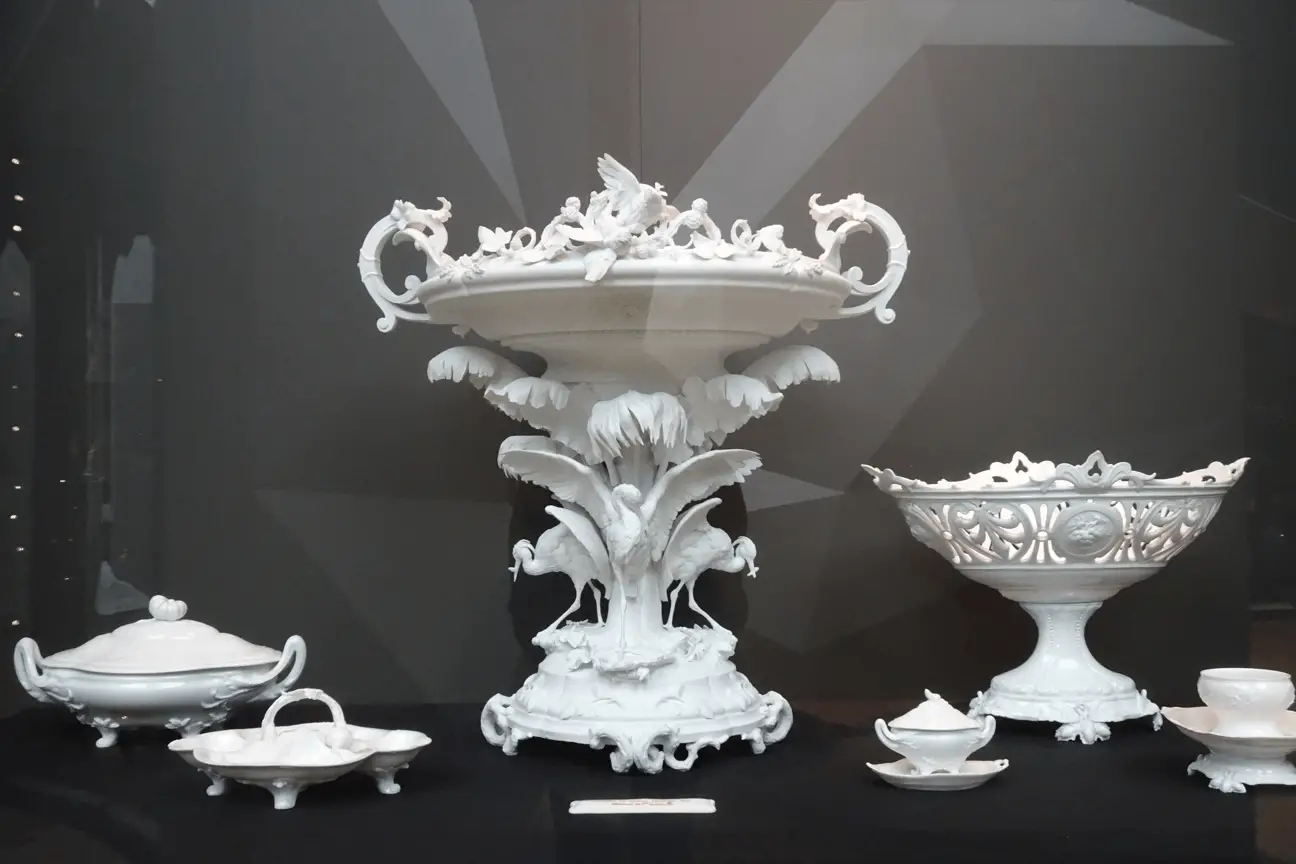
In addition, the craftsmen have unique painting techniques that give each piece a unique character and beauty. Every detail of the product is worked out with the highest attention to detail, which makes each Limoges porcelain item a true work of art.
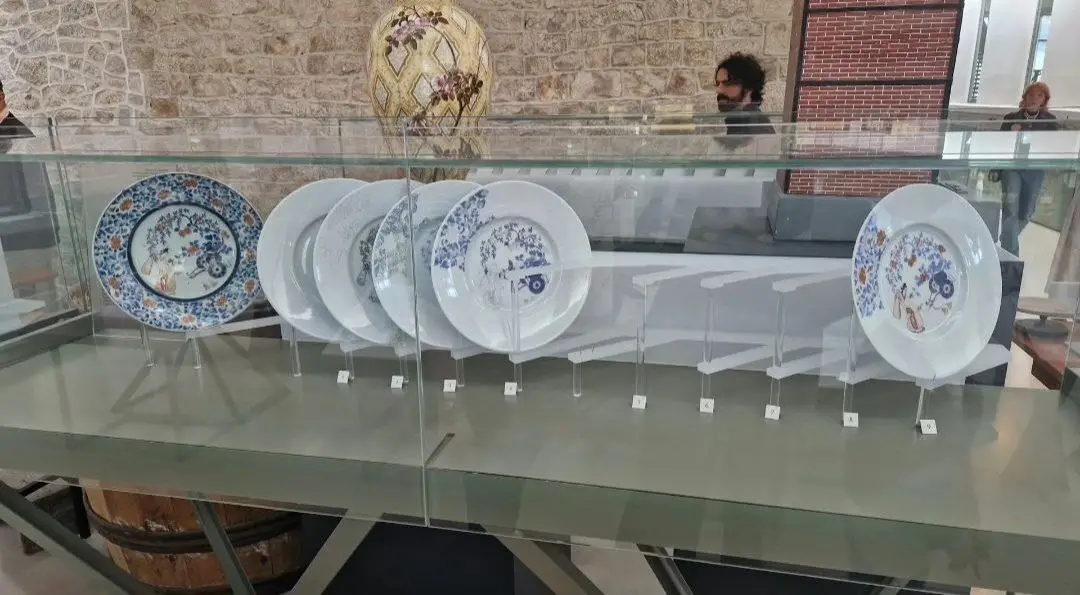
Mission and significance
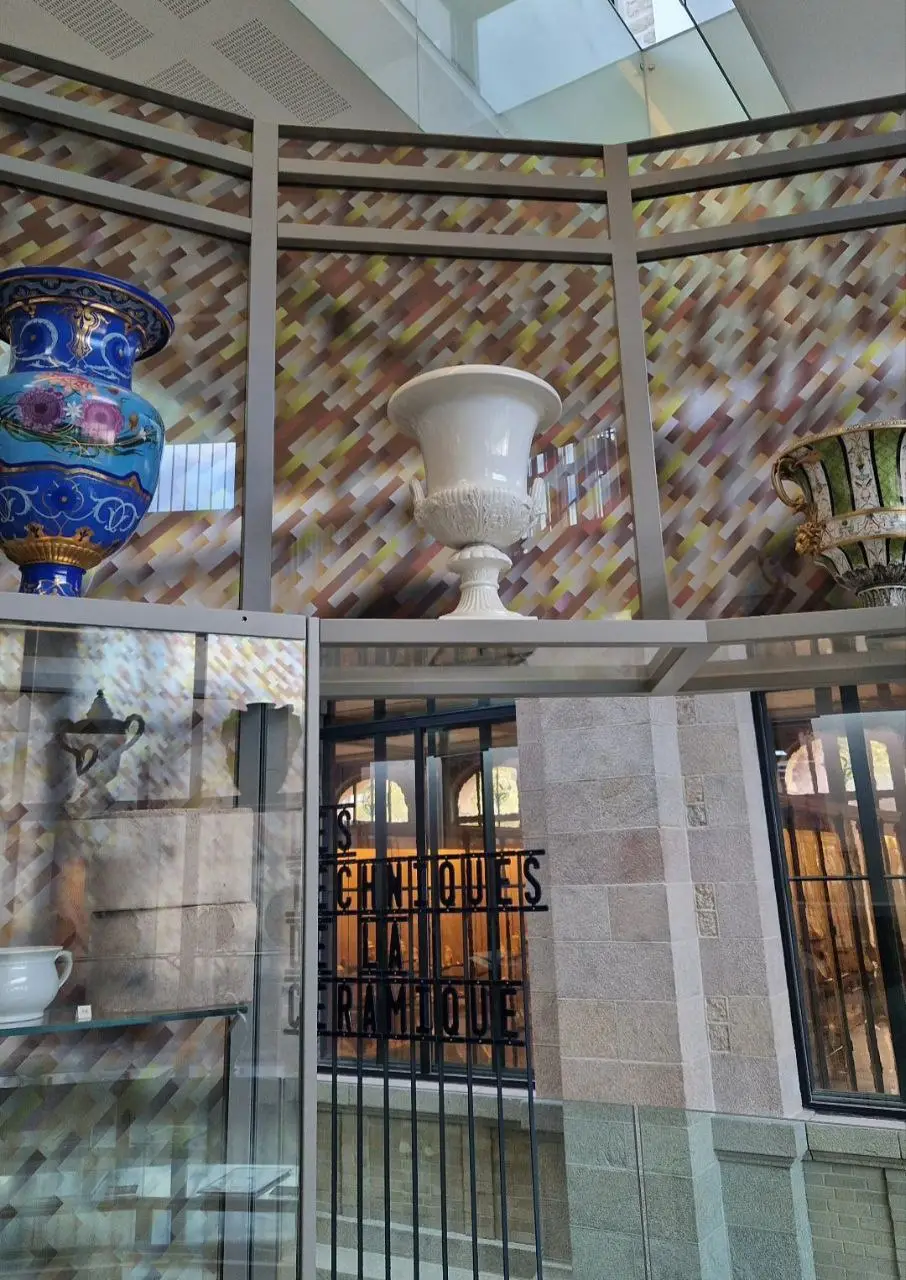
The National Museum of Adrien-Dubouché is the pride of France and this region. It plays an important role in preserving and promoting the cultural heritage of France. The museum is not only a center of cultural tourism, but also an educational and scientific institution that promotes the art of porcelain: it hosts lectures, master classes and other events aimed at raising the cultural level of the community and popularizing art.
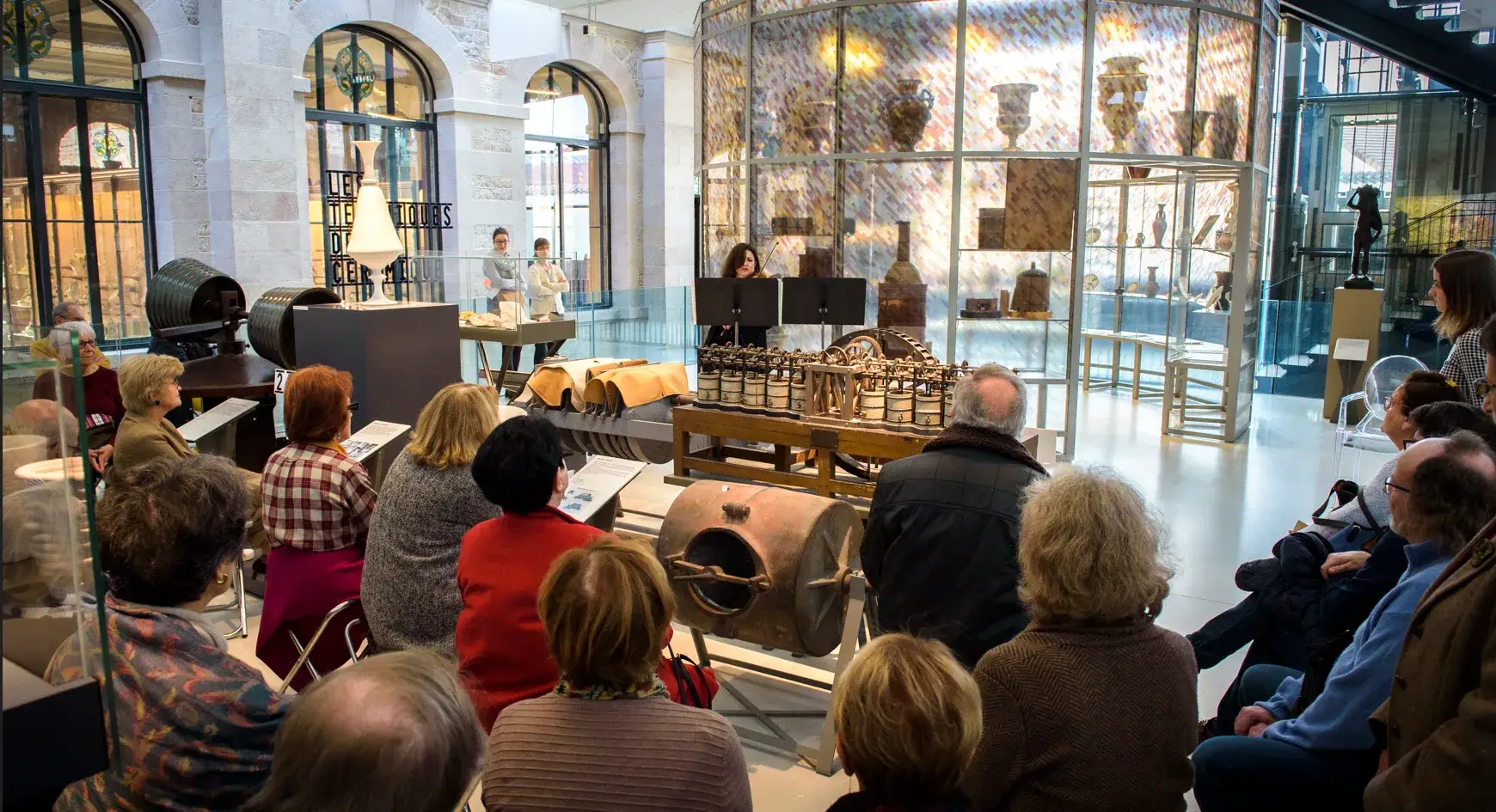
The museum is also very progressive, it has interactive maps and an app, it offers many leisure options for adults and children, which can be found and signed up on the museum's website.
To get into the museum, you need to buy a ticket. The standard price is 7 euros for those who want to see everything on their own, a guided tour costs 11.50 euros. Tickets and excursions can be booked in advance on the museum website and directly on the spot. Admission is free for people under 26 years of age.
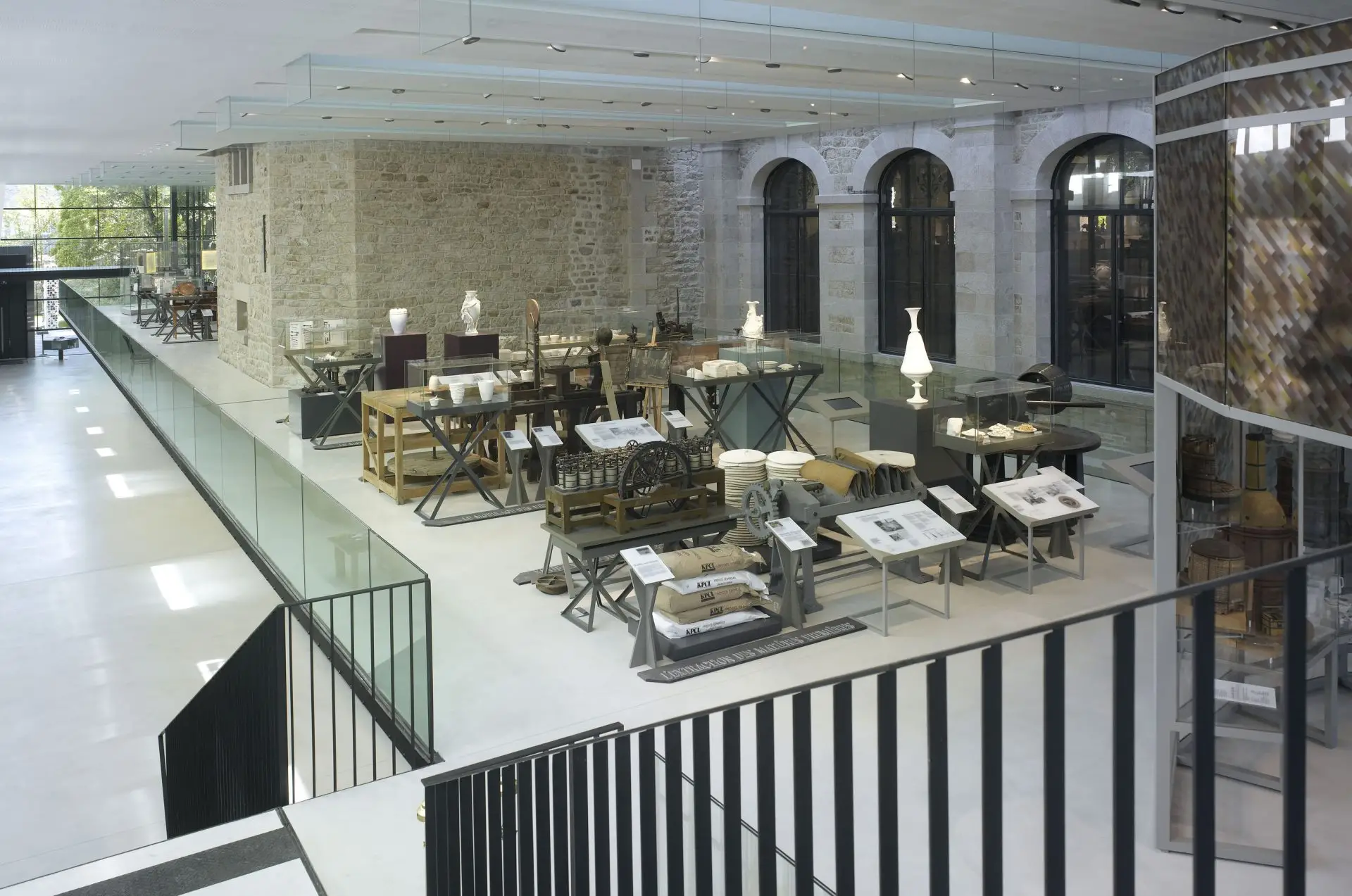
The National Museum of Adrien-Dubouché is not just a museum, but a real treasure trove of cultural heritage that tells about the richness and diversity of this art form. It remains an integral part of French cultural life and world heritage, attracting the attention and admiration of art lovers of all ages and nationalities.

